Consider it a “eureka!” moment for astronomers studying the Red Planet. In an exciting revelation at the 55th Lunar and Planetary Science Conference in The Woodlands, Texas, scientists announced the findings of a colossal volcano alongside a possible glacier ice sheet in Mars’ Tharsis volcanic province.
This discovery, located near the planet’s equator, has been overlooked for decades despite imagery from orbiting spacecraft dating back to Mariner 9 in 1971. The area, known for its complex geology at the intersection of Noctis Labyrinthus and Valles Marineris, has now been recognized for what it truly is: a monumental volcanic structure, provisionally named “Noctis volcano.”
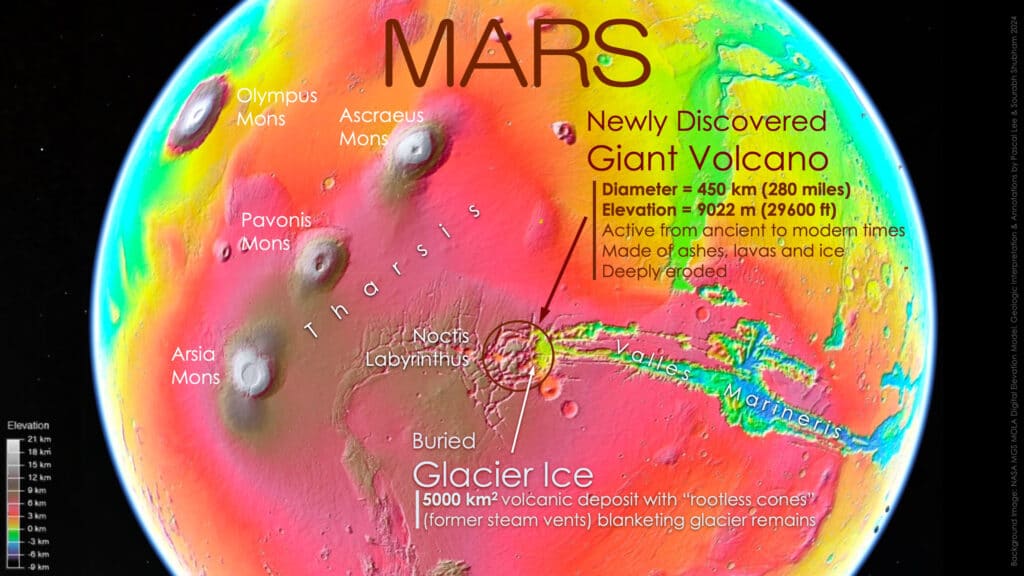
Standing at an impressive elevation of 29,600 feet and spanning 280 miles in width, the Noctis volcano’s significant size and the complex erosion patterns it exhibits suggest a long history of volcanic activity. Its southeastern part hosts a thin layer of volcanic deposits, beneath which, scientists believe, glacier ice still resides. This potential coexistence of volcanic activity and ice introduces a fascinating site for future studies on Mars’ geological evolution, the quest for life, and the prospects of robotic and human exploration.
“We were examining the geology of an area where we had found the remains of a glacier last year when we realized we were inside a huge and deeply eroded volcano,” says study lead author Dr. Pascal Lee, planetary scientist with the SETI Institute and the Mars Institute based at NASA Ames Research Center, in a media release.
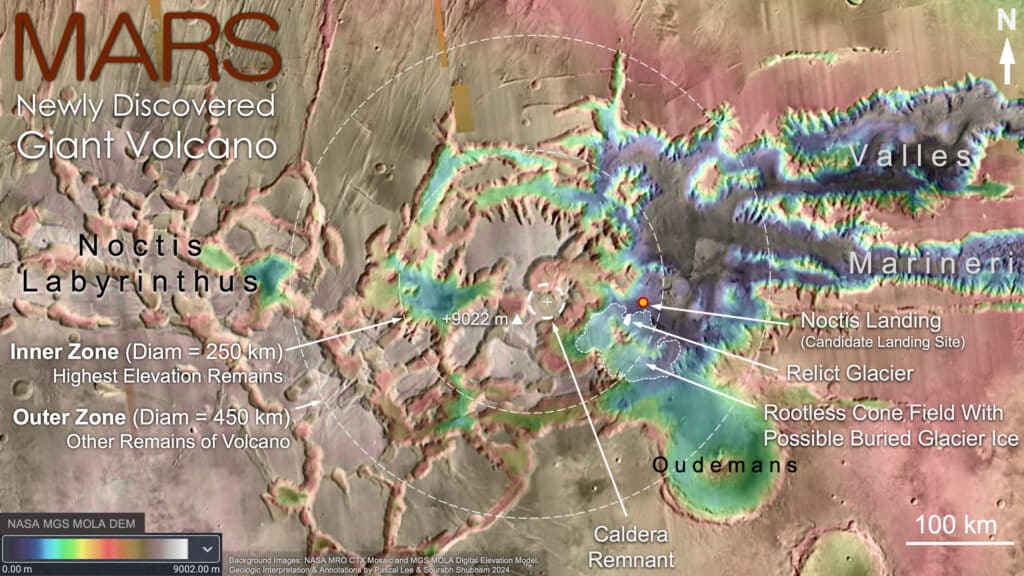
The discovery came about as the team investigated the geological complexities within the Noctis Labyrinthus, recognizing several key features indicative of volcanic activity. Among these were elevated mesas forming an arc around a central summit area, gentle outer slopes, a caldera remnant indicative of a collapsed volcanic crater, and various deposits consistent with volcanic eruptions.
This Martian region is known for its hydrated minerals, which have long suggested a volcanic origin.
“This area of Mars is known to have a wide variety of hydrated minerals spanning a long stretch of Martian history. A volcanic setting for these minerals had long been suspected. So, it may not be too surprising to find a volcano here,” explains study co-author Sourabh Shubham, a graduate student at the University of Maryland’s Department of Geology. “In some sense, this large volcano is a long-sought ‘smoking gun.’”
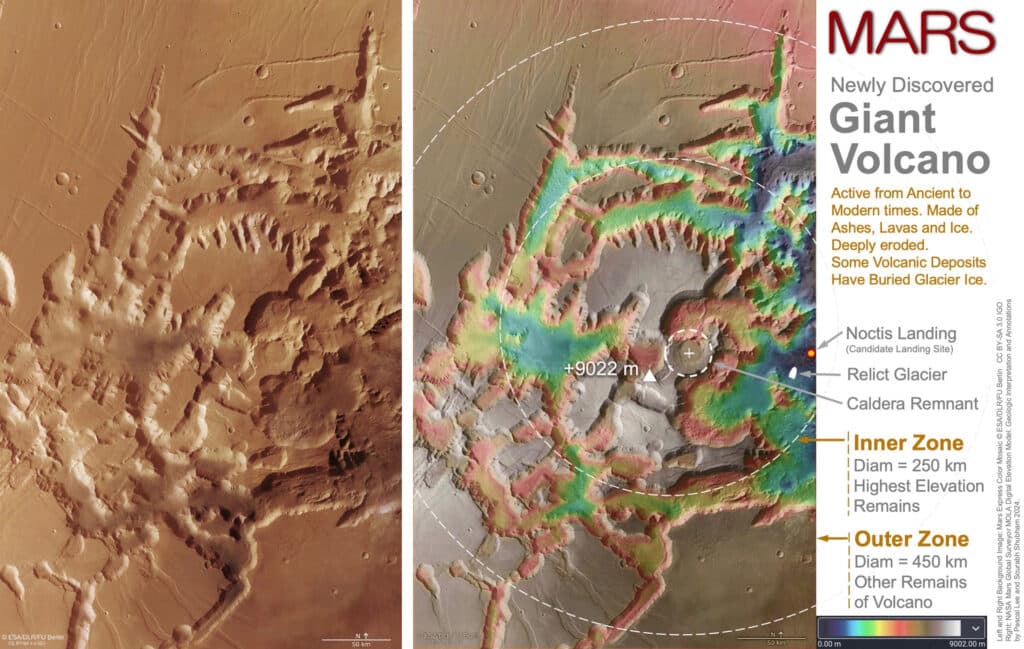
Researchers also identified an extensive field of “rootless cones” within the volcano’s perimeter, formed by explosive steam venting when hot volcanic materials encounter water or ice-rich surfaces. This blistered terrain suggests the presence of a significant sheet of glacier ice beneath the volcanic layer, offering new insights into the interaction between volcanic activity and ice on Mars.
The Noctis volcano’s intricate history of modification, involving fracturing, thermal erosion, and glacial erosion, paints a picture of a dynamic environment where volcanic materials, lavas, and ice have interacted over millennia. The discovery of a “relict glacier” and potential buried ice sheets adds to the intrigue, suggesting remnants of the latest glaciation episode affecting the volcano.
Despite its long history of activity, many questions remain about the Noctis volcano, including its exact age, whether it could still erupt, and the possibility of it having supported life due to the sustained warmth and water from ice.
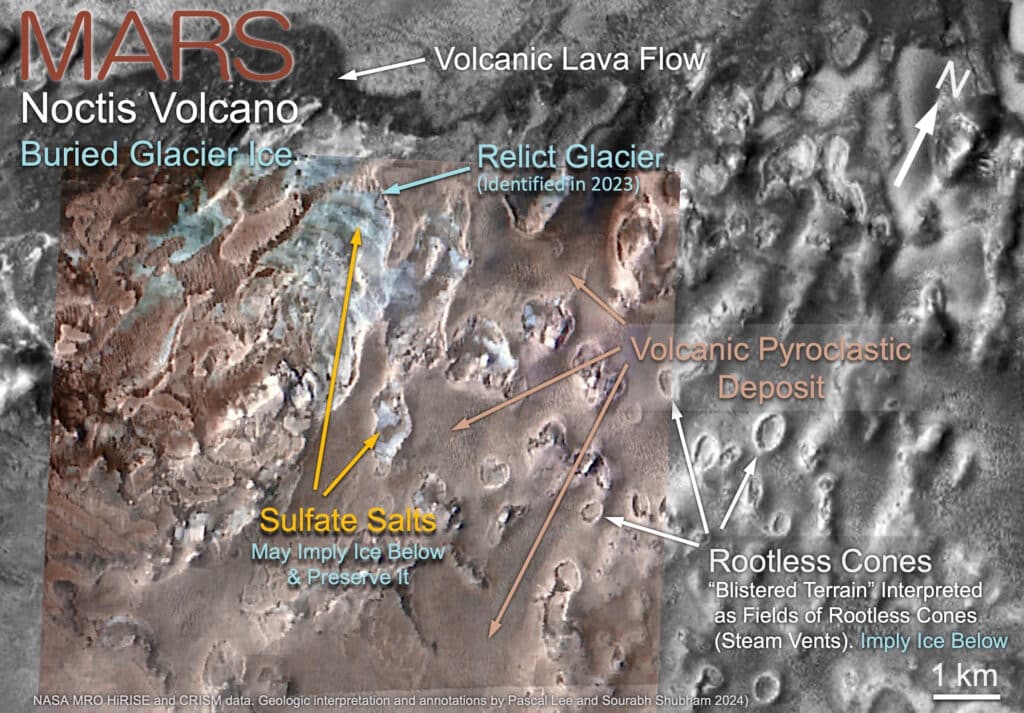
“It’s really a combination of things that makes the Noctis volcano site exceptionally exciting,” notes Dr. Lee. “It’s an ancient and long-lived volcano so deeply eroded that you could hike, drive, or fly through it to examine, sample, and date different parts of its interior to study Mars’ evolution through time. It has also had a long history of heat interacting with water and ice, which makes it a prime location for astrobiology and our search for signs of life. Finally, with glacier ice likely still preserved near the surface in a relatively warm equatorial region on Mars, the place is looking very attractive for robotic and human exploration.”
The possibility of glacier ice near the surface in a relatively warm equatorial region makes this site particularly attractive for future missions. With its rich history of heat interacting with water and ice, the Noctis volcano stands as a prime location for astrobiology research and the ongoing search for signs of life on Mars. This study, leveraging data from multiple NASA and ESA missions, opens new doors for understanding the Red Planet’s past and planning its future exploration.
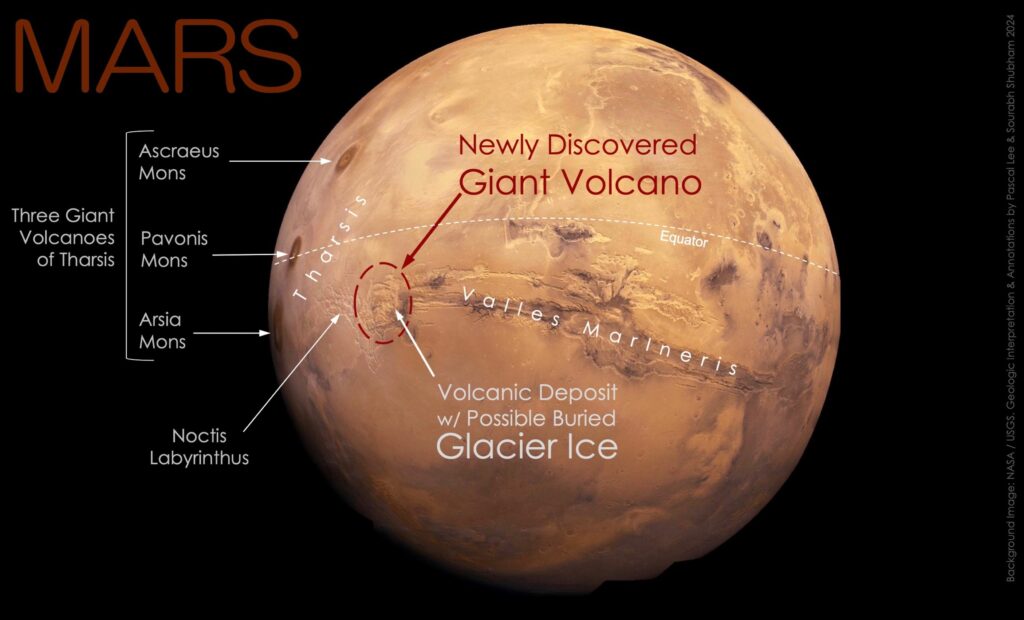


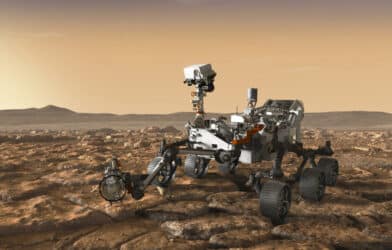
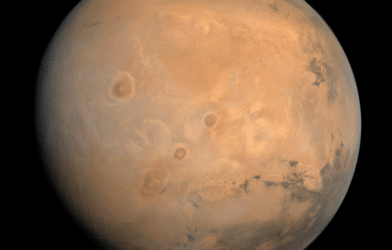
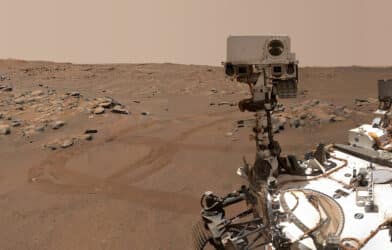






Glacier ice at the equator??? I wonder if this could be the result of a comet or icy asteroid impact happening to directly hit the original volcano . . .